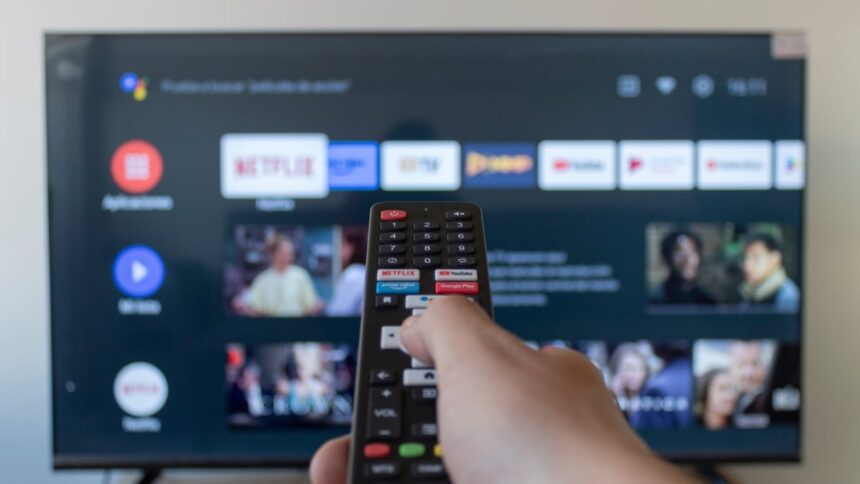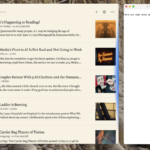The Convenience of Smart TVs and the Case for Streaming Devices
Smart televisions are designed to consolidate all entertainment options into a single device. Nevertheless, opting for a standalone streaming box is often preferable, even for TVs with built-in streaming capabilities. A few factors contribute to this choice, including the superior privacy provided by devices like the Apple TV compared to models like the LG smart TV. Additionally, upgrading to a new streaming box is much simpler than replacing an entire television set.
A key advantage of dedicated streaming devices is their speed. Many smart TVs experience sluggish performance, which can detract from the overall streaming experience. If the same issue is noted with a TV, a useful step to potentially enhance performance is to clear the device’s cache.
According to insights from ZDNet, a full cache can significantly impede the operational efficiency of a smart TV. This situation isn’t limited to televisions; nearly all digital devices utilize caches for valid reasons. Caches are storage spaces for temporary files and data, allowing quick access for applications and the operating system, ideally enhancing speed by reducing the need to generate new data.
Over time, however, cache accumulation can adversely affect device performance. The implications extend beyond mere speed; outdated or incorrect cached data may lead to application crashes or malfunction. For instance, if the Prime Video app refuses to load, clearing the cache might resolve the issue.
This action is not a comprehensive solution for addressing a slow smart TV. All devices experience degradation in performance with age, and the latest applications and updates may overwhelm older hardware. Often, smart TVs feature less robust hardware than dedicated streaming devices, which can exacerbate slow performance issues. Regularly clearing the cache might help improve responsiveness, but for an optimal streaming experience, opting for a specialized streaming device, such as the Apple TV, remains the best course of action.
Thoughts so far?
Steps to Clear Your TV’s Cache
Each smart TV may have unique methods for clearing its cache, so identifying the exact model is beneficial in finding accurate instructions. Searching for specific steps based on the model number is recommended.
However, as ZDNet indicates, there are common steps applicable to many television brands. Start by accessing the “Settings” menu, then navigate to “Apps” or “Application Manager.” Select an app, and look for the option to clear its cache.
Samsung TVs
-
Access Settings, then select All Settings.
-
Choose Support, followed by Device Care.
-
Select Manage Storage.
-
Pick an app and hit View Details.
-
Opt for Clear Data or Clear Cache.
LG TVs
-
Press Home, and then open Settings.
-
Navigate to General and select Storage.
-
Choose Clear Cache.
Sony TVs (Google TV Model)
-
Access Home, and then open Gmail.
-
On Google TV, select Settings.
-
Choose Apps, and then select See all apps.
-
Select an app and opt for either Clear Data or Clear Cache.
Sony TVs (Android TV Model)
-
Open Settings.
-
Navigate to Apps and choose See all apps (you may need to click Show system apps if that option exists).
-
Select the desired app, then choose Clear data or Clear cache.











